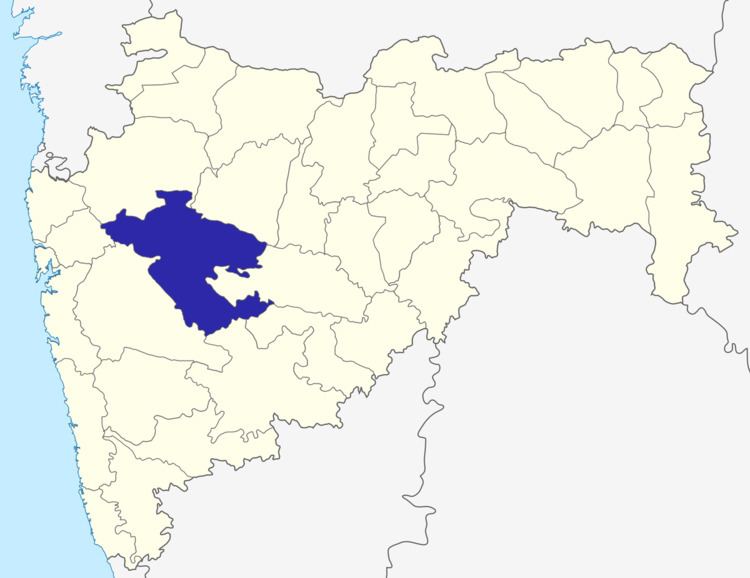 | ||
Jorwe (Marathi जोर्वे) is a village and an archaeological site located on the Pravara, a tributary of the Godavari River in Sangamner taluka of Ahmednagar district of Maharashtra state in India. This site was excavated in 1950-51 under the direction of Hasmukh Dhirajlal Sankalia and Shantaram Bhalchandra Deo.
Contents
Map of Jorve, Maharashtra 422605
It has historical background in Indian independence movement. Bhausaheb Thorat, known freedom fighter and milestone of Late Bhausaheb Thorat Sahakari Sakhar Karkhana Ltd, Sangamner.
Ancient site
In the middle of the second millennium (c. 1500 BCE), the Jorwe culture, a Deccan Chalcolithic culture, derived from the name of this site in Ahmednagar district where it was first discovered, flourished in the whole of Maharashtra, except the districts in Konkan and certain parts of Vidarbha. As in the preceding culture, it was characterised by a distinct type of painted pottery, a blade-flake industry of chalcedony, as well as tools and ornaments of copper. However, due to the scarcity of the metal, copper was used sparingly. Their mixed economy was based on agriculture, stock-raising, hunting and fishing. They cultivated a variety of crops, including cereals. They practised crop rotation because it gave them the facility of irrigation - clear evidence of that has been unearthed at Inamgaon, near Pune.
The people of Jorwe lived in large rectangular houses with wattle and daub walls and thatched roofs. They stored grain in bins and pit silos, cooked food in two armed chulas (hearths) inside the house and roasted animals in a large fire pit in the courtyard. They worshipped a mother goddess associated with fertility and another headless deity, who was probably connected with the welfare of children. They believed in life after death, and therefore interred the dead inside the house under the floor. Children were buried in two urns that were joined mouth-to-mouth and set horizontally in the pit, while adults were placed in a supine position with the head towards the North. Before the ceremonial burial, the feet were chopped off, possibly because of the fear of the dead turning into ghosts.
